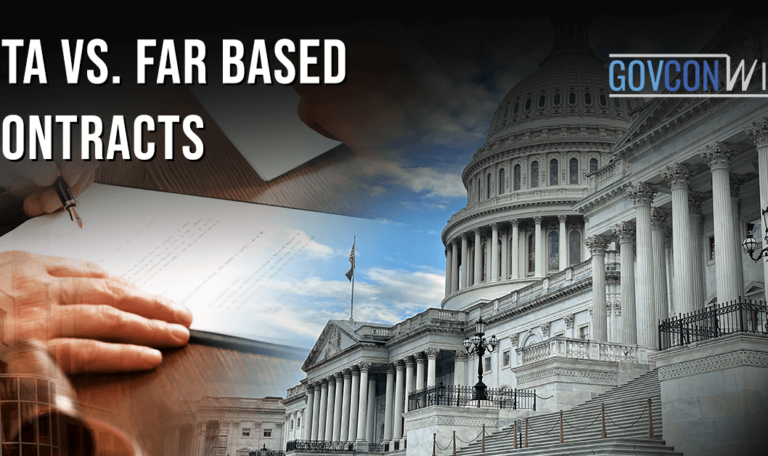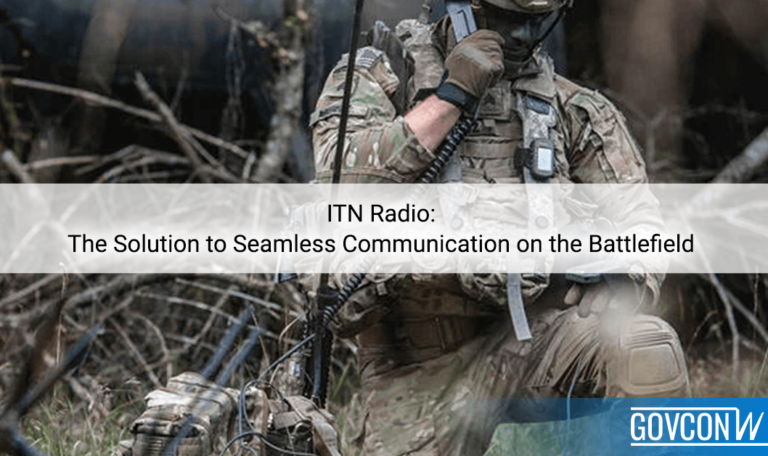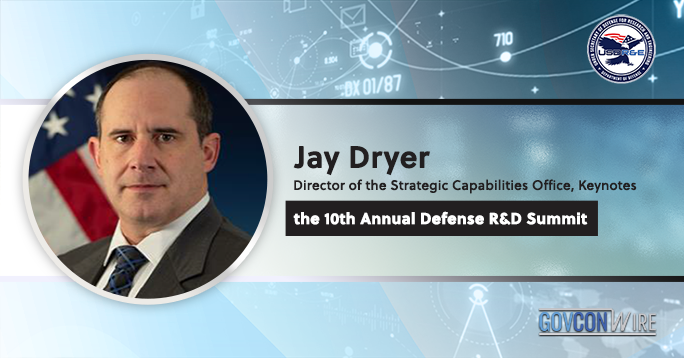The federal government acquires many things, from the tiniest pin to the massive planes, even research or technical assistance. Working for the federal government can be incredibly profitable for your business.
However, the federal government does not procure anything without a comprehensive set of rules and regulations. This is why a federal government contracting system was created.
The U.S. federal procurement and acquisition process is governed by the Federal Acquisition Regulations, or FAR. This provides contracting guidance, implements preferences and includes specific language for many clauses found in government contracts.
Contracting opportunities offered by the federal government are open to any business that qualifies. But some contracts are limited to certain types of businesses such as the HubZone, women-owned small businesses, and Service-Disabled Veteran-Owned Small Businesses, or SDVOSBs. These contract opportunities are posted on websites like sam.gov and the Small Business Administration and the General Services Administration’s Multiple Award Schedule.
When looking for government contracts, you need to consider a few details. By reading this article, you will know the necessary information about government contracting opportunities and how to find them.
What are the easiest government contracts to get?

Government contracting opportunities come in different types:
Set-Aside Contracts
Set-aside contracting opportunities are government contracts that help small businesses compete and win federal contracts. There are two different kinds of set-aside contracts:
1. Competitive Set-Aside
Competitive set-asides are business opportunities worth less than $150,000. Government agencies use competitive set-asides to negotiate with two or more small businesses that can deliver their needs.
2. Sole-Source Set-Aside
The sole-source set-aside is given only to a single qualified business and bypasses a competitive bidding procedure. Sole-source set-aside agreements are accessible to vendors and small businesses who wish to bid on them.
Joint Ventures
Joint ventures, or two or more companies, can compete for federal contracts as long as they fulfill the SBA’s standards. These businesses may also submit a bid for businesses in historically underutilized business areas, woman-owned small enterprises, and service-disabled veteran-owned firms. Visit this link to learn more about these contracting assistance programs.
The SBA also offers a mentorship program, namely mentor-protégé, where small businesses can combine forces with an established company to help them win contracts.
Fixed-Price Contracts
Fixed-price contracts are the riskiest contract opportunities because the contractor is responsible for all expenses, profits and losses. This contract specifies a price that does not change.
Cost-Reimbursement Contracts
Cost-reimbursement contracting opportunities set a projected budget that the prime contractor must meet and not exceed without the permission of the contracting officer.
Incentive Contracts
Incentive contracts are contracts, either cost-reimbursement or fixed-price, that are structured to emphasize a specific acquisition objective, or objectives, by tying it to a financial reward
Indefinite-Delivery Contracts
Government agencies use indefinite-delivery contracts when the extent of the need for products or services is unknown. Indefinite-delivery contracts have three categories:
A. Definite-Quantity Contracts
Definite-quantity contracts state the specific number of items or services the procuring agency needs.
B. Requirement Contracts
Requirement contracts are agreements between the supplier and buyer, where the seller provides all the products or services required by the buying federal agencies.
C. Indefinite-Quantity Contracts
An indefinite-quantity contract allows for an unspecified amount of supplies or services, within defined limits, over a set period. The government issues orders as needed, with quantity limits specified either by unit count or dollar amount.
Time-and-Materials, Labor-Hour and Letter Contracts
Time-and-Materials Contracts
Time-and-material contracts are the opposite of a fixed-price contract. With this type of government contract, the contractor is paid according to the project’s time and used materials.
Labor-Hour Contract
In labor-hour contracts, federal agencies review material costs, set a per-hour labor rate and establish a price ceiling. The difference betweeen this and a time-and-material contract is that the government contractor does not provide the materials or goods.
Letter Contract
A letter contract is an agreement that allows the contractor to begin the work of producing goods or services immediately.
How Do I Find Federal Government Contracts?
The one-stop resource to find the latest federal contracting opportunities is SAM.gov.
Are U.S. Government Contracts Public Record?
Yes! Federal contracts are pubilc records. This also informs citizen what the government agrees to buy.
Where Can I Find Federal, State and Local Government Contracts?
If you aim for federal, state or local government contracts, the first step is to determine which level you’d like to work at. For state, try Virginia, or for local government, try Fairfax County.
Once you identify which level you want to work at, you may locate those agencies and sign up on their procurement portals.















